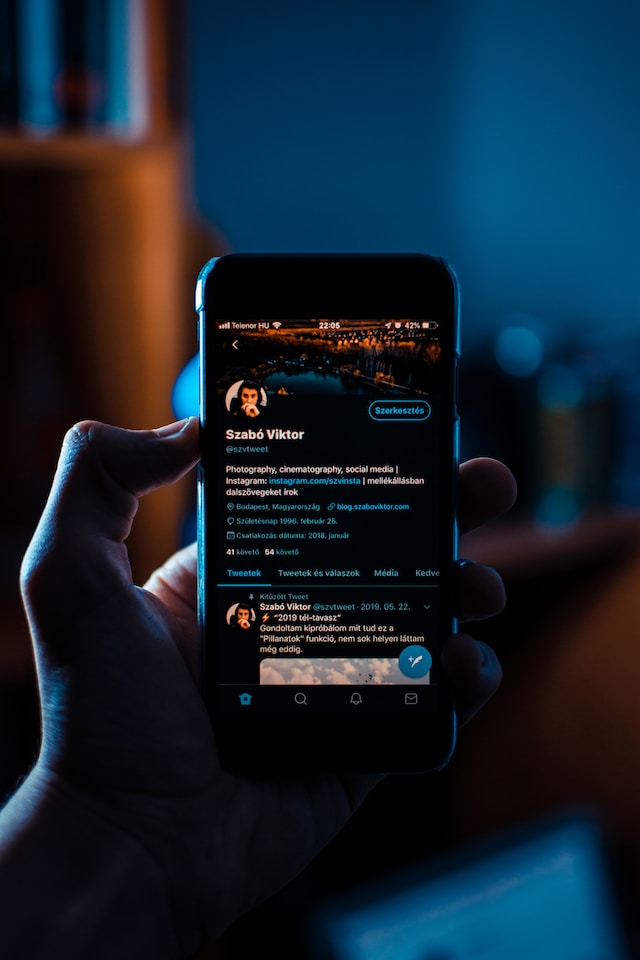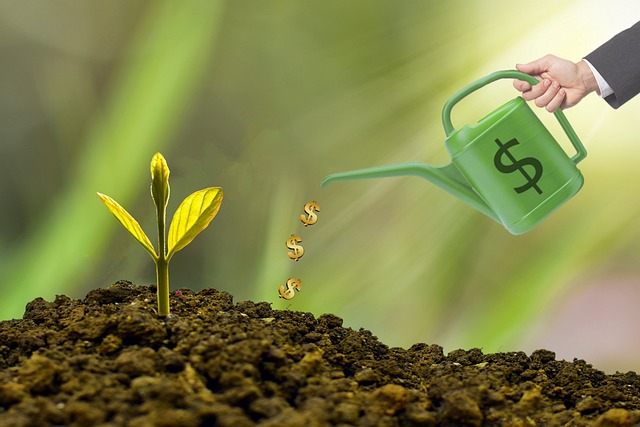Twitter began as an idea that revolutionized social media. A simple platform for sharing real-time updates grew into one of the most influential social media platforms worldwide. But who created Twitter, and how did it grow from humble beginnings into a global powerhouse?
This article discusses Twitter’s origins, the key figures behind the platform and major events that occurred throughout the company’s history. Keep reading to learn more.
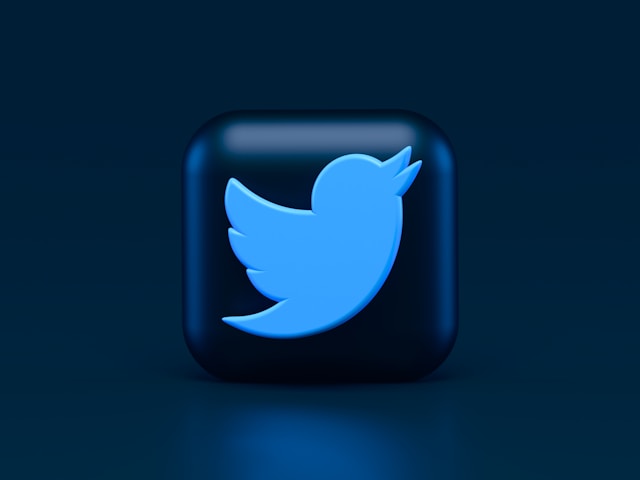
When Was Twitter Created and by Who?
Jack Dorsey, Noah Glass, Biz Stone, and Evan Williams created Twitter in March 2006 during a brainstorming session at Odeo. They officially launched Twitter to the public on July 15, 2006.
Odeo was a podcasting company founded by Noah Glass and Evan Williams. At the time, Odeo struggled to remain in business. Apple had just announced iTunes podcasting threatening Odeo’s business structure and future in the industry.
Before we proceed, here’s a brief history of each of the four key figures behind Twitter.
1. Jack Dorsey
Many regard Jack Dorsey as the primary visionary behind Twitter. Dorsey came up with the concept of a platform that will allow users to send short status updates, like SMS.
His initial vision was a service where people could communicate through short messages that they could share instantly with others. Dorsey eventually became Twitter’s first CEO.
2. Noah Glass
Noah Glass is an underappreciated co-founder of Twitter. He played a major role in its development and came up with the name Twitter (inspired by the idea of short, quick messages, like birds chirping).
Glass was passionate about the platform and helped refine the idea of short-form communication. Unfortunately, the company voted him out before it went mainstream.
3. Biz Stone
Stone was instrumental in shaping Twitter’s identity, contributing heavily to its culture and branding. Stone and Evan Williams worked together at Google, and when Williams founded Odeo, Stone came into the picture.
Stone’s design and communication skills helped Twitter’s early public reception and growth.
4. Evan Williams
Williams initially provided funding for Odeo and eventually took a leading role in Twitter’s development after Odeo started failing. Williams allowed Dorsey and Stone to pursue side projects when it became clear that Odeo was going downhill.
One of those side projects was Twitter. Williams would later become Twitter’s CEO after replacing Dorsey in 2008, steering the company through its early growth phases. Some people see Evan Williams as the man who created Twitter since he was the company’s first major investor. But Dorsey is actually the brainchild behind the idea.
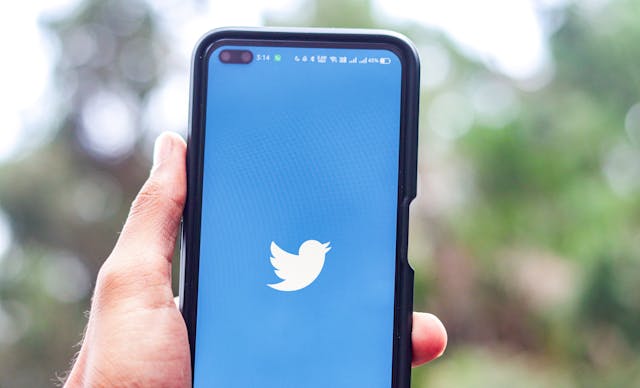
Twitter’s Development and Rise to Prominence
Twitter began as a side project while the team worked at Odeo. It was initially called twttr to reflect the vowel-dropping trend in startup culture at the time. The team chose a 140-character limit for tweets to fit the limits of SMS messages, including the sender’s username.
The idea grew support within Odeo and became the primary focus when the company saw the potential of real-time communication. On March 21, 2006, Jack Dorsey sent the first tweet: “just setting up my twttr.” Dorsey’s tweet will start what would become a global social media sensation.
Twitter launched in July 2006 and immediately attracted attention from tech enthusiasts and bloggers. It saw a major breakthrough during the 2007 South by Southwest Interactive (SXSW) conference.
At the conference, the Twitter team set up large screens that displayed live tweets throughout the event. This move dramatically grew user engagement and popularity, allowing Twitter to gain tens of thousands of new users almost overnight.
Twitter attracted people with its simplicity and speed, allowing users to broadcast short messages in real time. It became an ideal platform for sharing updates, breaking news, and engaging in public conversations. Over time, journalists, celebrities, politicians, and everyday users adopted Twitter as a tool for communication.
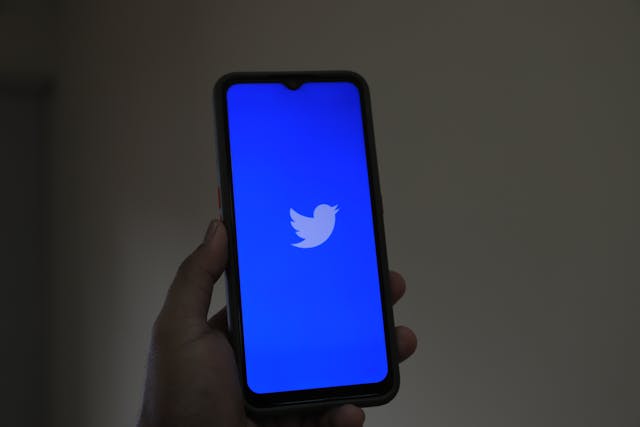
Shifts in Leadership and Twitter’s Evolution
As of 2024, Twitter is way different from its early days. It now allows Twitter Blue subscribers to post 4,000-character tweets (since February 2023). Also, the platform now supports images, videos, polls, and live streams. Individuals, brands, and governments all use Twitter as a communication platform.
Twitter now influences global communication, politics, and media in a way that makes it a unique platform for different voices. Talking about activism trends such as the #MeToo and #BlackLivesMatter movements. The timeline below highlights various events occurring within key years of Twitter’s history.
- 2008: Evan Williams took over from Jack Dorsey as CEO. There were concerns over Dorsey’s leadership style and the company’s slow growth at the time. Williams focused on improving the platform’s infrastructure and resolving its scaling issues.
- 2010: Dick Costolo replaced Williams. Dick oversaw Twitter’s continued growth and eventual Initial public offering (IPO) in 2013. Twitter’s public offering raised billions, cementing its place as one of the most influential social media platforms globally.
- 2015: Jack Dorsey returned as CEO after a period of declining user growth and concerns about the platform’s direction. Improving user experience and cracking down on abuse and harassment were central themes during his tenure. We also owe features like Twitter Moments and Live Video to Dorsey’s time as CEO.
- 2022:Elon Musk purchased Twitter for $44 billion, marking one of its most significant shifts in ownership. Under Musk’s leadership, Twitter has undergone several changes, including the controversial decision to rebrand to X.
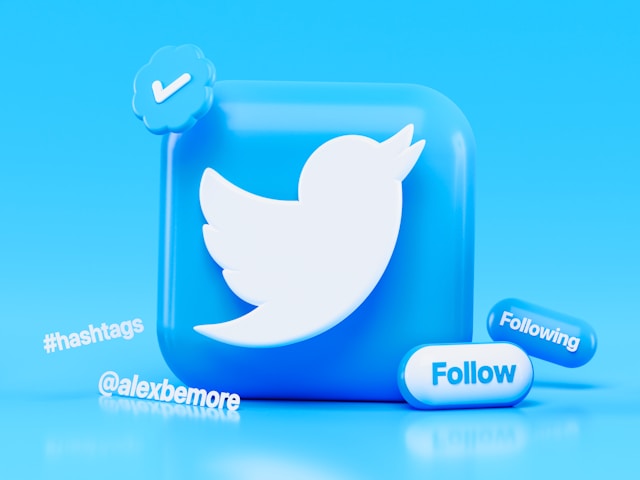
How Did Twitter Grow After It Was Launched?
After launching in July 2024, Twitter’s user base consisted mainly of people within the tech industry, particularly in San Francisco. San Francisco was home to many startups, which grew Twitter’s adoption.
These users, including influential bloggers, used the platform to post quick updates, which helped generate early buzz. Despite this, Twitter couldn’t gain widespread attention.
One of the company’s major challenges was maintaining its infrastructure to handle the increasing load of real-time messages. The turning point came during the 2007 South by Southwest Interactive (SXSWi) conference.
The Twitter team strategically set up large screens throughout the venue to display live tweets during the event. This simple yet innovative feature caught the attention of conference attendees and enabled a dynamic, large-scale, real-time conversation.
Twitter became instantly popular at the event, and user engagement surged. The platform gained over 60,000 new users during the conference, leaving many believing Twitter was a powerful communication tool.
Below, we will discuss some key challenges and notable events in Twitter’s post-launch era.
1. Twitter’s Infrastructure and Scalability Challenges
As Twitter’s user base grew, the company’s infrastructure and scaling issues grew along with it. Frequent service outages and the infamous fail whale (a graphic that displays when the platform is not functional) became common.
Despite these issues, users’ loyalty grew with the platform, and the outages even fueled a sense of urgency and exclusivity. Twitter worked on upgrading its architecture and hiring engineers to scale the platform for its growing audience.
This period also saw significant leadership changes, with Jack Dorsey stepping down as CEO and co-founder Evan Williams replacing him. Under Williams, Twitter focused on improving its technical issues, ensuring the platform could handle more users and larger content volumes.
2. The Explosion of Hashtags and Trends
In 2007, Twitter users informally began using the hashtag symbol (#) to categorize tweets and connect conversations around specific topics. One of the first widespread uses was during the 2007 San Diego wildfires.
People used the hashtag #sandiegofires to share updates and commentaries about the incident. Twitter quickly adopted the idea, adding hashtags into the app’s functionality, allowing users to easily follow topics of interest.
Hashtags became a major feature of Twitter, enabling viral conversations and events like #MeToo, #BlackLivesMatter, and #OscarsSoWhite.
3. Celebrity and Media Influence
By the early 2010s, Twitter was the go-to platform for celebrities, influencers, and media outlets. Celebs like Lady Gaga, Justin Bieber, and Rihanna had millions of followers, boosting the platform’s popularity.
Media houses also began integrating Twitter into their broadcasts, with news organizations posting breaking news directly on the platform. The live nature of tweets allowed journalists and media outlets to share developments in real time. 2014 ushered in cool features like advanced search and GIF support.
This period also saw the rise of live tweeting during major TV events, sports games, and award shows. Fans could tweet their thoughts in real-time, often influencing the conversation or making events trend globally.
As a result, networks began encouraging viewers to join the conversation on Twitter, further promoting the platform to the public.
4. Financial Growth and IPO
Despite its increasing popularity, Twitter had monetization issues in its early years. However, as the user base grew, so did its advertising potential. In 2010, Twitter introduced Promoted Tweets, Promoted Trends, and Promoted Accounts.
This action allows advertisers to reach users through ads within the platform’s content stream. In 2013, Twitter went public with its initial public offering (IPO), raising $1.8 billion at a valuation of $31 billion.
The IPO was a major milestone for Twitter, giving it access to funds to improve its platform.
5. Recent Growth and Elon Musk’s Acquisition
Now, in 2024, Twitter is a popular platform with over 350 million monthly active users. However, in October 2022, Elon Musk bought Twitter for $44 billion, marking one of the platform’s most significant changes. After this purchase, several updates also came with Twitter features.
Under Musk’s leadership, new features were introduced, the platform was rebranded as X, and other controversial changes were made. Among these changes are the introduction of 4,000-character tweets for Twitter Blue subscribers and a focus on monetizing engagement.
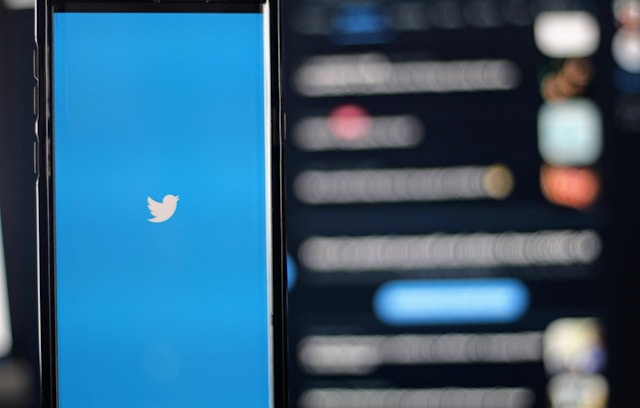
Who Created the Twitter Logo?
Linda Gavin created Twitter’s first logo. It was a simple logo with the word “Twitter” in blue, bubble-like letters. The “t” looked like a bird. A British graphic designer, Simon Oxley, crafted the first Twitter bird as an illustration for iStock. This bird was used as an icon for the company.
Twitter’s team bought this image for just $15. The bird, known as “Larry the Bird” (in reference to the famous NBA player Larry Bird), wasn’t specifically for Twitter. The platform’s founders, however, quickly embraced it as their mascot because of its connection to the brand.
The Twitter bird represents freedom, openness, and communication, which all align with Twitter’s core mission. Let’s delve into a brief history of the iconic Twitter bird logo.
1. The 2010 Twitter Bird Logo
In 2010, Twitter unveiled the bird logo, setting it on the path to becoming the brand’s face. This moment signaled a major shift for Twitter, moving from a text to a symbol representing the platform.
The bird fits naturally with Twitter’s branding, given the platform’s name. Twitter stems from the idea of birds twittering or tweeting, which are short, high-pitched sounds. You can draw a similarity with the 140-character limit Twitter initially placed on its users.
The bird’s color was a light, sky-blue, symbolizing the open sky and the limitless conversations you can have on Twitter. The original bird, though iconic, was too simple.
It had a playful, almost cartoonish look, with a large eye and wings that looked more decorative than functional. There was a need for improvement, ushering in the redesign of 2012.
2. The 2012 Redesign and Refinement
By 2012, Twitter’s growth was massive, and its branding had to reflect it. Though loved by many, the original bird was too playful and cartoonish for the brand’s growing influence. Twitter hired a former Google creative director, Doug Bowman, to refine the logo.
Bowman removed the text from the logo and kept only the bird, making it the sole visual representation of Twitter. The new bird design, the Twitter Bird, was sleeker and more modern than the old one.
Bowman and his team redesigned the bird to appear more dynamic and in-flight. The blue color was slightly deeper and more vibrant. The company dropped all text and other elements from the logo, making the bird a standalone emblem.
This move was bold but successful, as the bird logo became instantly recognizable worldwide.
3. Elon Musk’s Rebranding as ‘X’ (2023-2024)
Elon Musk’s changes after acquiring Twitter in 2022 included phasing out the bird logo and introducing the X logo. Many users and analysts did not like the change due to the bird logo’s strong impression and history.
Musk, however, went on with the change. Today, the bird’s legacy is a symbol of Twitter’s global impact on social media and the world.
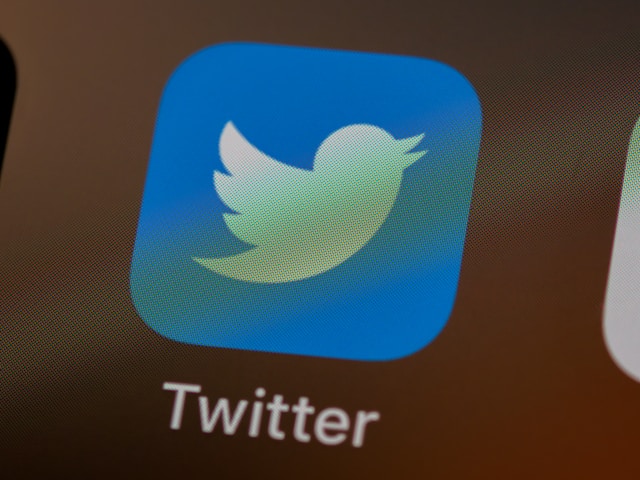
Clean Up Your Twitter Timeline With TweetEraser
X is currently amongst the most popular and relevant social media platforms in the world. We hope learning who created Twitter will inspire you to build something similar or within the app itself. It can be refining your brand or deleting old posts to make way for fresh content. TweetEraser can help with that.
With TweetEraser, you can easily bulk-delete old tweets and free up space for newer, engaging content. Our other services include unliking X posts and deleting tweets from archives.
Ready to give TweetEraser a try? Simply sign in with your X account, set up your account, and begin deleting tweets. Start organizing your Twitter timeline today!
FAQs
What were the initial goals for Twitter when it emerged?
After the creation of Twitter in 2006, a few of its main initial goals were to:
- Enable real-time, SMS-based communication through short status updates.
- Foster open, public conversations.
- Tap into viral, mass communication to quickly spread information.
Who are the co-founders of Twitter?
The co-founders of Twitter are Jack Dorsey, Biz Stone, Noah Glass, and Evan Williams. Jack Dorsey is the pioneer behind the idea of a real-time SMS messaging platform. He served as CEO twice.
What has changed in Twitter since Elon Musk?
The major change that came after Elon Musk’s takeover was the privacy of the “likes” function. Now, users can like a post without others seeing which post it is.

